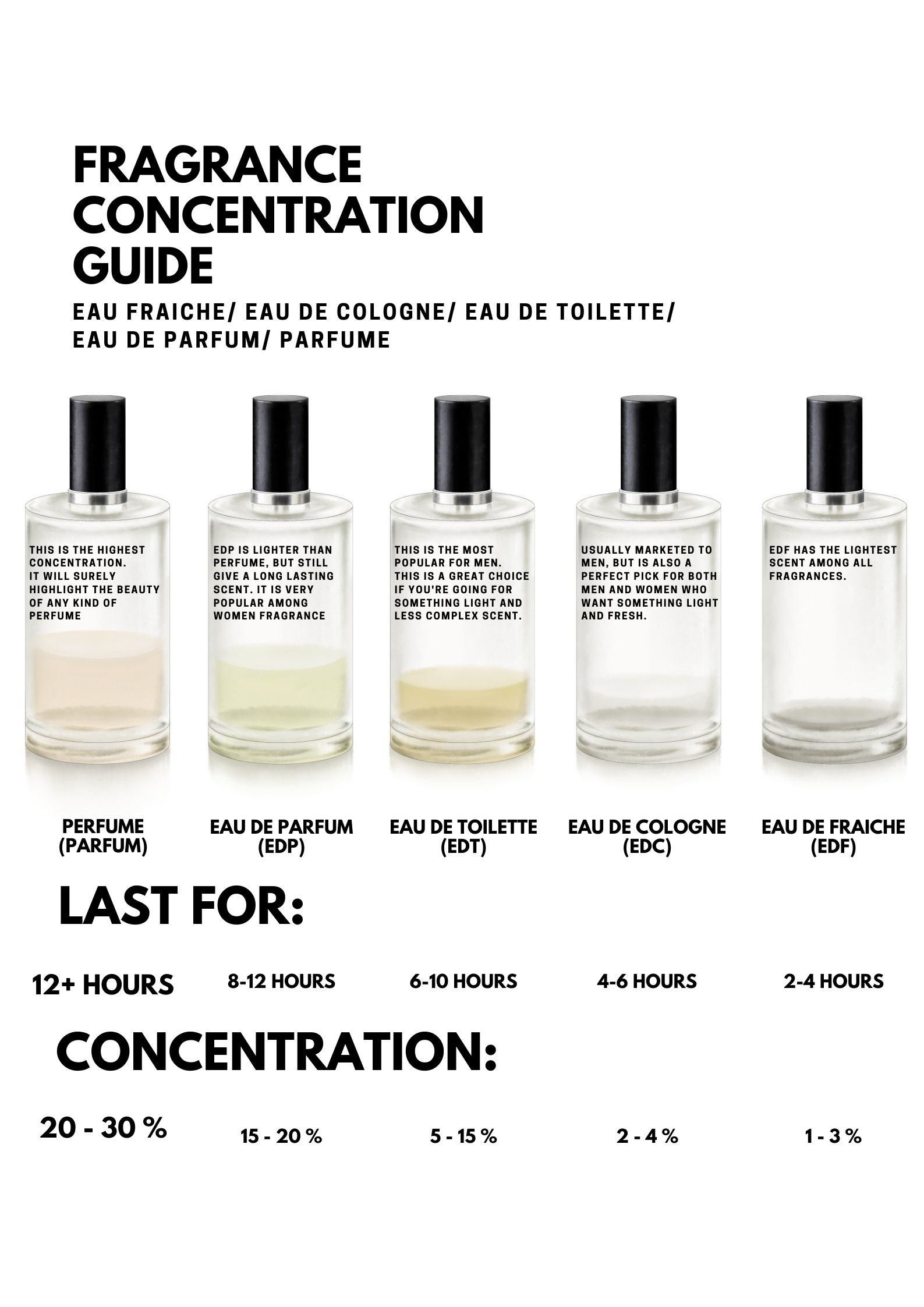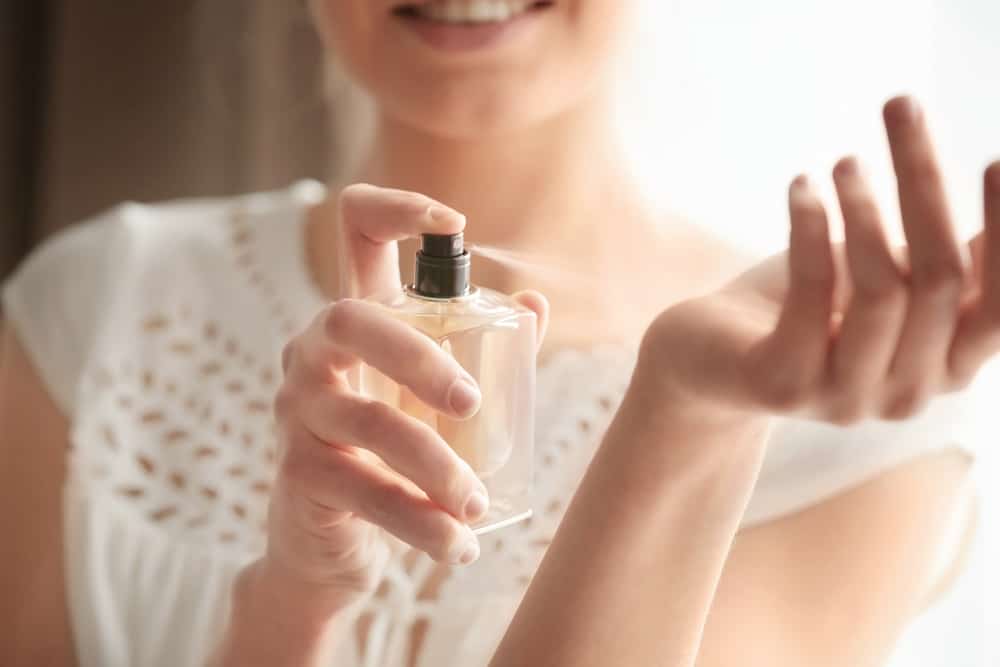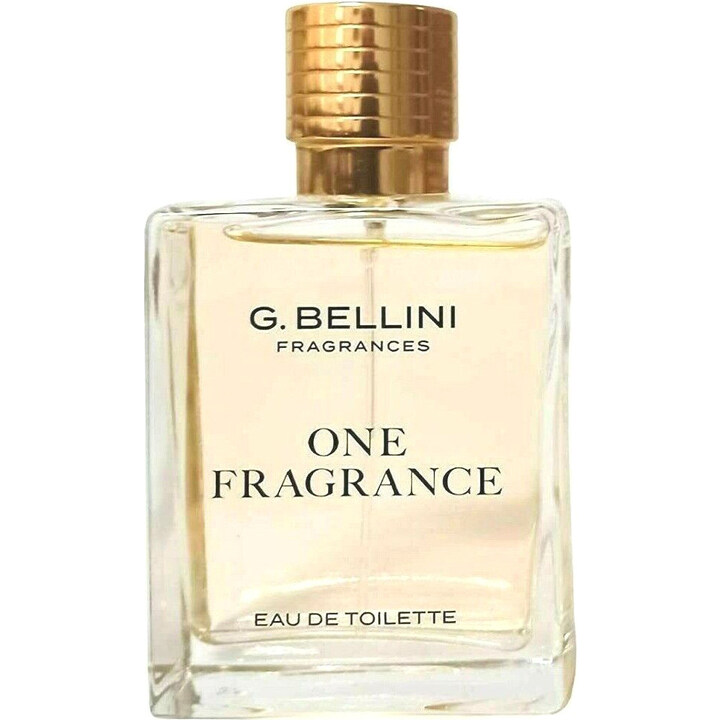Eau de toilette has become one of the most popular fragrance categories for both men and women, offering a perfect balance between affordability and quality. Whether you're a fragrance enthusiast or simply looking to enhance your daily routine, understanding eau de toilette is essential. This article will provide a detailed explanation of what eau de toilette is, its fragrance concentration, and how to choose the right one for you.
Perfume terminology can often seem confusing, especially for beginners. However, familiarizing yourself with the basics can significantly enhance your fragrance experience. Eau de toilette, in particular, has carved out its own niche in the perfume world, striking a chord with those who prefer a subtle yet long-lasting scent.
In this guide, we'll explore everything you need to know about eau de toilette, from its history and composition to tips for selecting the perfect fragrance. By the end of this article, you'll have a deeper understanding of why eau de toilette is a staple in many people's fragrance collections.
Read also:Who Is Michiel Huisman Married To Discover The Love Life Of This Talented Actor
Table of Contents
- The History of Eau de Toilette
- Understanding Fragrance Concentrations
- Eau de Toilette vs. Other Fragrance Types
- How to Apply Eau de Toilette
- Factors Affecting Longevity
- Tips for Selecting the Right Eau de Toilette
- Popular Eau de Toilette Brands
- Key Ingredients in Eau de Toilette
- Benefits of Using Eau de Toilette
- Conclusion and Final Thoughts
The History of Eau de Toilette
Origins and Evolution
The term "eau de toilette" originates from French, translating to "toilet water." Historically, it referred to a lightly scented water used for personal hygiene and grooming. Over time, as perfumery evolved, eau de toilette transitioned into a distinct fragrance category with specific aromatic properties.
During the 18th and 19th centuries, eau de toilette became increasingly popular among European aristocracy, symbolizing elegance and sophistication. Today, it is one of the most widely used fragrance types globally, appealing to a broad audience due to its versatility and affordability.
Understanding Fragrance Concentrations
What Makes Eau de Toilette Unique?
Fragrance concentrations determine the strength and longevity of a scent. Eau de toilette typically contains 5-15% perfume oils, making it lighter than perfume (20-30% concentration) but stronger than eau fraîche (1-3% concentration). This balance ensures that the fragrance is noticeable yet not overwhelming.
Understanding these concentrations helps consumers make informed decisions based on their preferences for scent intensity and duration. For instance, eau de toilette is ideal for daily use, offering a pleasant aroma without being too heavy.
Eau de Toilette vs. Other Fragrance Types
When comparing eau de toilette to other fragrance types, it's essential to consider factors such as concentration, longevity, and price. Below is a breakdown of the differences:
- Eau Fraîche: Contains 1-3% perfume oils, ideal for light, refreshing scents.
- Eau de Cologne: Features 3-8% perfume oils, often citrusy and invigorating.
- Eau de Toilette: Offers 5-15% perfume oils, perfect for everyday use.
- Parfum: Contains 15-30% perfume oils, providing intense and long-lasting scents.
How to Apply Eau de Toilette
Best Practices for Application
Applying eau de toilette correctly can enhance its performance and longevity. Here are some tips:
Read also:What Is Chrome Nails A Comprehensive Guide To The Trendy Nail Art
- Spritz on pulse points such as wrists, neck, and behind the ears for optimal scent diffusion.
- Avoid rubbing sprayed areas, as friction can alter the fragrance's composition.
- Store your eau de toilette in a cool, dark place to preserve its quality.
By following these guidelines, you can maximize the effectiveness of your eau de toilette and enjoy its delightful aroma throughout the day.
Factors Affecting Longevity
The longevity of an eau de toilette depends on various factors, including:
- Skin Chemistry: Individual differences in skin type and pH levels can influence how a fragrance develops.
- Environmental Conditions: Humidity and temperature can affect how long a scent lasts.
- Application Techniques: Proper application methods, as mentioned earlier, play a crucial role in fragrance longevity.
While eau de toilette generally lasts 3-6 hours, these factors can either enhance or diminish its staying power.
Tips for Selecting the Right Eau de Toilette
Choosing Based on Preferences
Selecting the perfect eau de toilette involves considering personal preferences and intended use. Here are some tips to guide you:
- Occasion: Opt for lighter scents for casual settings and richer fragrances for formal events.
- Season: Choose fresh, citrusy notes for summer and warm, spicy tones for winter.
- Brand Reputation: Research well-known brands known for producing high-quality eau de toilettes.
By tailoring your selection to these factors, you can find an eau de toilette that perfectly complements your lifestyle.
Popular Eau de Toilette Brands
Top Brands to Consider
Several renowned brands specialize in crafting exceptional eau de toilettes. Some notable examples include:
- Chanel: Known for its timeless and sophisticated fragrances.
- Dior: Offers a wide range of scents catering to diverse tastes.
- Gucci: Combines luxury and elegance in its perfume collections.
These brands consistently deliver high-quality products, ensuring customer satisfaction and loyalty.
Key Ingredients in Eau de Toilette
Eau de toilette formulations typically include a blend of natural and synthetic ingredients. Common components include essential oils, alcohol, and water. Each ingredient contributes to the fragrance's overall character and performance.
For instance, essential oils provide the aromatic properties, while alcohol acts as a solvent and preservative. Understanding these ingredients can help consumers make more informed purchasing decisions.
Benefits of Using Eau de Toilette
Why Choose Eau de Toilette?
Eau de toilette offers numerous advantages, making it a popular choice among fragrance enthusiasts. Some key benefits include:
- Affordability compared to higher-concentration perfumes.
- Subtle yet noticeable scent suitable for various occasions.
- Wide range of options catering to different preferences.
These attributes contribute to eau de toilette's enduring popularity and appeal.
Conclusion and Final Thoughts
In conclusion, eau de toilette represents an excellent choice for those seeking a balanced fragrance experience. Its moderate concentration, affordability, and versatility make it a staple in many people's fragrance collections. By understanding its history, composition, and application techniques, you can fully appreciate the art of perfumery.
We encourage you to explore different eau de toilette options and discover your signature scent. Don't forget to share your thoughts and experiences in the comments below or explore other articles on our site for more fragrance insights.
Data Source: Fragrantica, Perfumers World


